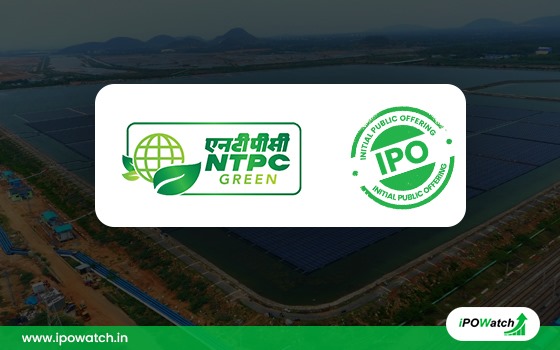Dallying on price revision, lack of cash for subsidy has IOC, HPCL and BPCL looking at quarterly losses close to Rs. 50,000 crore (Rs. 500 billion).
With the Union government conveying its inability to provide subsidy relief at present to its three oil marketing companies, the latter are staring at a loss-making quarter.
The combined gross revenue losses of Indian Oil, Hindustan Petroleum and Bharat Petroleum on selling fuel below market prices would be in the range of Rs. 44,000-45,000 crore (Rs. 440-450 billion) for the current quarter.
Even if upstream companies Oil and Natural Gas Corporation, GAIL India and Oil India Ltd are asked to bear about 38 per cent, as may happen, translating to Rs. 17,000-18,000 crore, the three OMCs would still be left with a substantial chunk of the losses.
“To have a reasonable profit, we should get a compensation of 92-95 per cent of the gross loss we will incur during the quarter ending June,” a senior executive in one of the companies told Business Standard.
Getting compensated for at least 90 per cent of losses without government subsidy appears difficult, since upstream companies will not be in a position to absorb more losses.
An increased subsidy burden pulled down the fourth quarter net profit of ONGC, the state-owned oil and gas explorer, by 26 per cent to Rs. 2,791 crore.
The government is hard pressed for revenue to commit a cash subsidy at this stage.
“The ministry of finance has conveyed that it will look at the subsidy issue later,” said the executive.
A top Indian Oil official said the company would post a gross loss of Rs. 25,000 crore (Rs. 250 billion) in the current quarter. Since OMCs buy crude oil from the international market but sell diesel, kerosene and cooking gas at government-controlled prices, they incur a revenue loss.
The government has frozen retail prices of diesel, kerosene and domestic LPG for a year. And, while it officially decontrolled petrol prices in June 2010, it did not allow the OMCs to increase rates for most of the quarter.
Less than three months into the 2011-12 financial year, the government used up its entire budgetary provision of Rs. 20,000 crore (Rs. 200 billion) for petroleum subsidy. On May 13, the government approved this sum to the OMCs for the losses they had made in 2010-11. The amount has already been taken on their books. The government refusal to pay more for oil subsidy for the quarter ending March 31 saw the upstream burden increasing from 33 per cent to 38 per cent of the total Rs. 78,159 crore (Rs. 781.59 billion).
The oil subsidy issue is already causing worry in stock markets.
Besides OMCs, whose stock prices have been falling due to uncertainty surrounding fuel prices, the ONGC scrip has taken a drubbing. It is losing its place as a company with the second highest market capitalisation.
“The oil subsidy burden is taking a toll on ONGC. With the recent hike in subsidy burden on upstream companies from 33 per cent to 38 per cent, it is definitely making ONGC investors jittery,” said Jagannadham Thunuguntla, strategist and head of research, SMC Global Securities.
Source: Business Standard












